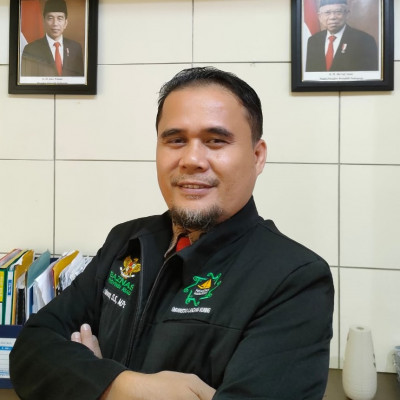Sessions / Listening
ESP Listening Difficulties and Strategies: A Metaphorical Analysis #3835
This research presented the qualitative data from a project. It aims to investigate the relationship between student concepts of listening difficulties and strategies in ESP classroom (English for specific purposes). 83 fifth-year applied language students from a five-year junior college. Students were required to do five writing assignments based on their comprehension and reflections on the listening activities in class. The writings were carefully examined according to Lakoff and Johnson’s model for analyzing conceptual metaphors. A questionnaire was used to collect students’ perspectives on listening difficulties and strategies. The results of this study indicate that through proper guidance, some students could express their listening difficulties and strategies with metaphors properly and hence their thoughts were deeply understood. Not only students but also the teachers can benefit from knowing students’ ESP learning concepts. Pedagogical guidelines are suggested for ESP teachers, based on the results of the metaphorical analysis and the results of the questionnaire.
Extensive Listening and Viewing in Listening Courses #3363
Invited Second Session
Extensive Listening and Viewing, unlike the more established extensive reading approach, is still in its infancy but has gained popularity in the last decade. Yet, many continue to mix up “extensive listening” with “extended listening” and “intensive listening,” and believe that viewing and reading should not be included in foreign/second language listening activities. A reformation is necessary to make language teachers and learners aware that improving learners’ proficiency in the target language requires more than a couple of hours of intensive listening classes. This presentation will first define extensive listening and viewing and explain why they are important. It will then show how extensive listening and viewing are integrated into intensive listening courses taught at a university’s English Department in Indonesia, making students not only more aware of what they need to listen to and the techniques they can use to suit their needs and listening style, but also more motivated and confident in performing listening activities.
Fun and Games for Bottom-up Listening #3529
Researchers of second language listening contend that the use of bottom-up strategies benefits both proficient and less-skilled L2 listeners (Field, 2008 and Reed & Jones, 2022). The good news is bottom up processing practice in ESL classes can make a big difference in students’ overall listening comprehension (Siegel & Siegel, 2015). In this workshop, the speaker will demonstrate 10 interactive, engaging activities that teachers can easily incorporate into their classes with existing listening texts at every level. Session attendees will leave with practical ideas they can put into practice on Monday!
Field, J. (2008). Listening in the language classroom. Cambridge University Press. Reed, M. & Jones, T. (2022). Listening in the classroom: Teaching students how to listen. TESOL Press. Siegel, J. & Siegel, A. (2015). Getting to the bottom of L2 listening instruction: Making a case for bottom-up activities. Studies in Second Language Learning and Teaching, 5(4), 637–662.
Designing Listening Module Based on Malay Local Genius for Indonesian Higher Education: The Power of Collaboration #3641
Partner Session (TEFLIN)
The purpose of the research is to develop a listening module based on Malay local genius as the teaching material and as pedagogical content knowledge for Indonesian higher education students. Indonesia’s education system has prioritized using local genius and collaborated with ICT to be the core of human resource development to face globalization. The scientific reason for using local genius is that the people have their way and belief to manage their life based on their own culture. The local genius can create their own identity and personality. The research and development (R&D) method was used in this research. This research follows ADDIE instructional design from Dick and Carey, which follows the steps; Analysis (needs analysis, task analysis, instructional Analysis) by gaining the data from the questioner and interview, Designing the listening module, Development and validation of the module by the experts of the listening module, Implementation of the listening module as the product testing, revised, and then the last step made an Evaluation to find the effect of the listening module toward students improvement in listening skill. The validation process of the module was made by experts using questionnaires and assessments in determining the validity and practicality of the module. The validation results of the feasibility of the content, design, and language of these modules have criteria of validity. The practicality of the evaluation by using one-to-one evaluation and group discussion of this module has very good in practicality.



